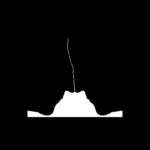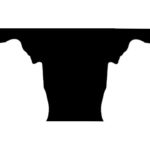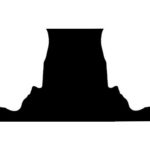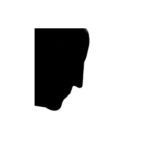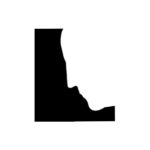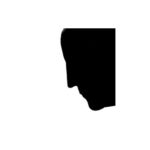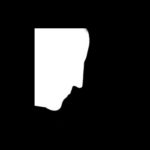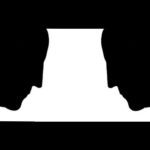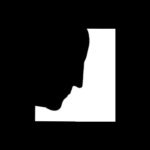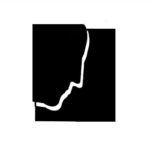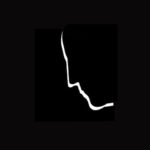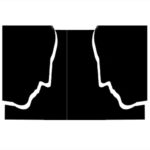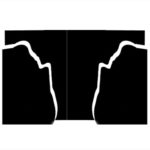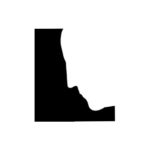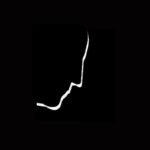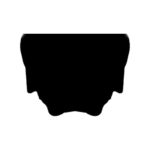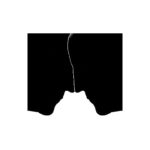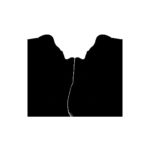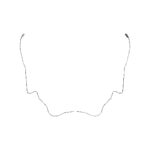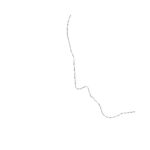Marcel Duchamp (i887-1968) is among the most remarkable artists of the Twentieth century. Through works such as Nude Descending a Staircase, No. 2 (1912) he revolutionized the idea of the traditional portrait/painting by incorporating time and elapsed motion into the work.

Duchamp innovated in other areas as well–among the most interesting was his idea of “ready-mades.” Ready-mades used massed-produced household objects, such as bicycle wheels, toilets and snow shovels to create works of art. This idea has fascinated me, and has led me to create new ready-mades that are referential or “ready-made” to Duchamp. Examples are given below. I hope these works will provide the foundation for the creation of an exhibit entitled “1917′, which refers to the radical art exhibit Duchamp participated in in New York in 1917 that exhibited his “Fountain: for the first time (see below).

Seeking an alternative to representing objects in paint, Duchamp began presenting objects themselves as art. He selected mass-produced, commercially available, often utilitarian objects, designating them as art and giving them titles. “Readymades,” as he called them, disrupted centuries of thinking about the artist’s role as a skilled creator of original handmade objects. Instead, Duchamp argued, “An ordinary object [could be] elevated to the dignity of a work of art by the mere choice of an artist.”
The readymade also defied the notion that art must be beautiful. Duchamp claimed to have chosen everyday objects “based on a reaction of visual indifference, with at the same time a total absence of good or bad taste….” 2 In doing so, Duchamp paved the way for Conceptual art—work that was “in the service of the mind,”3 as opposed to a purely “retinal” art, intended only to please the eye.
Another extension of Duchamp’s art that I have been experimenting with is is the creation of Duchampian Roarshachs. As early as the beginning of the 1930s, Ducamp created a number of silhouette portraits of himself. I have used these to create a series of “Rorschach” test images. These are intended to be used playfully (as one would like to think Duchamp would want) by having the observer spontaneously describe images placed in front of them.

An early Duchamp silhouette, c. 1930


